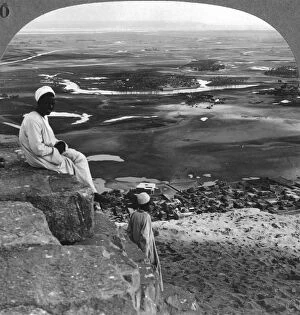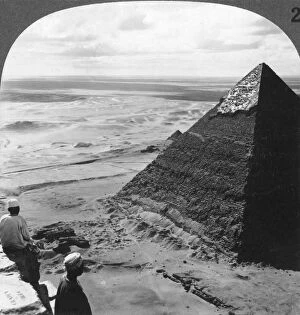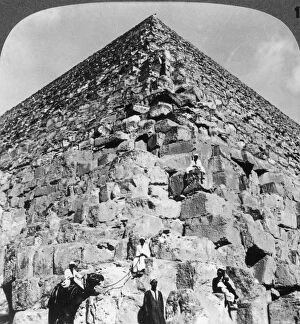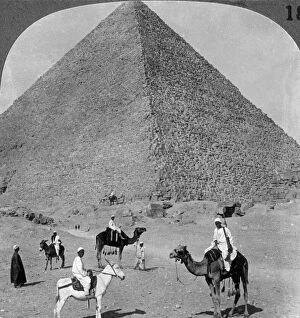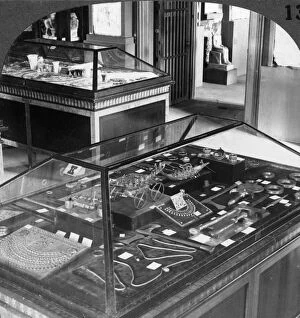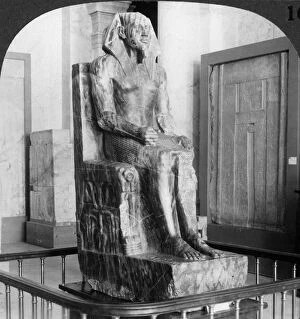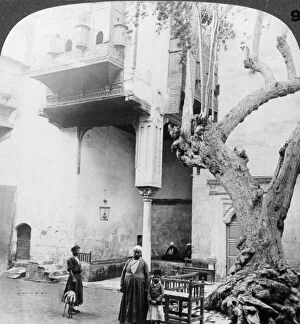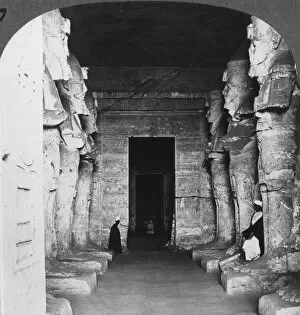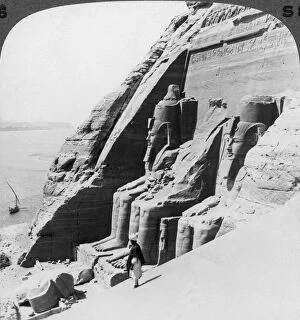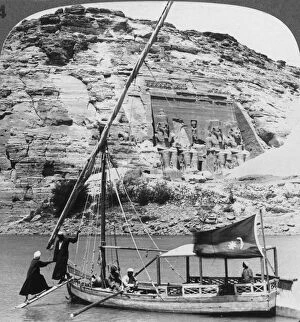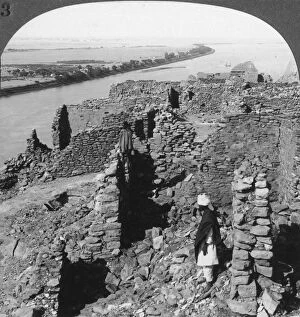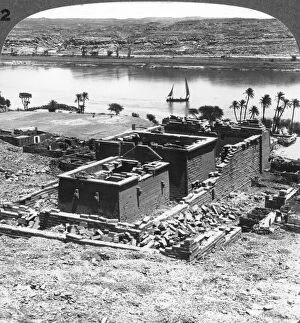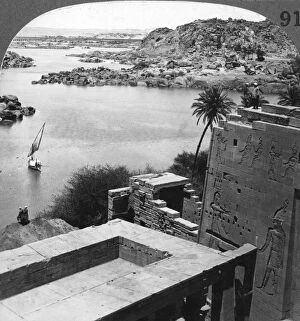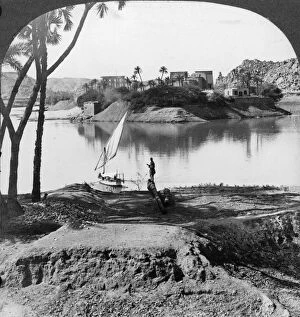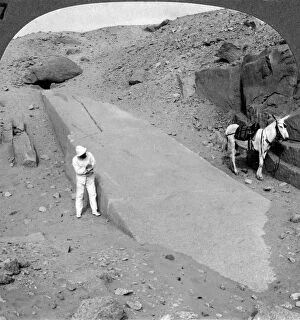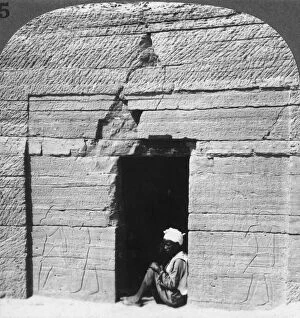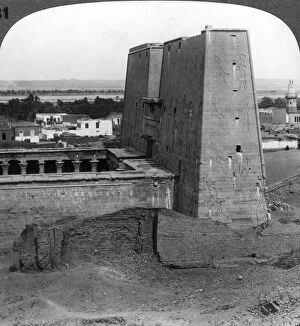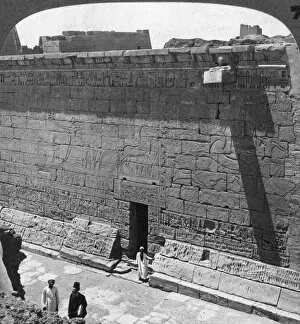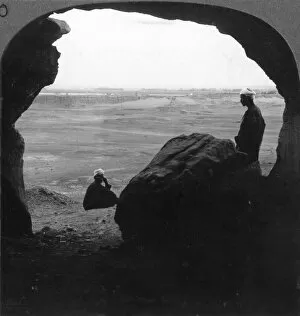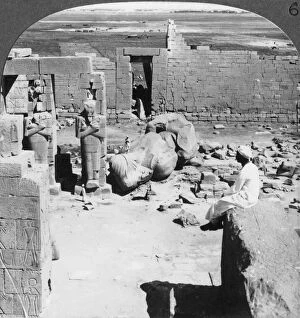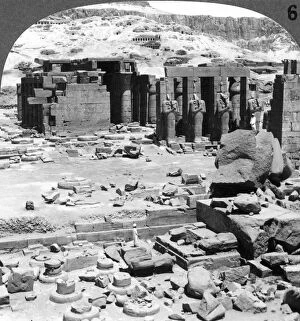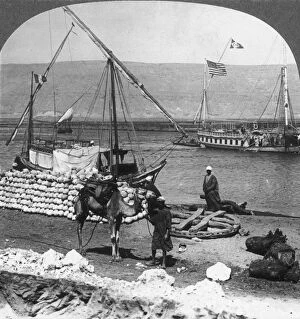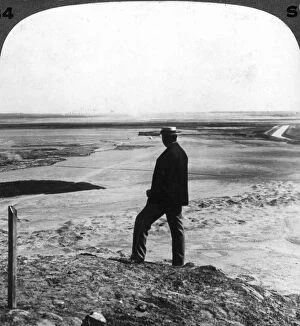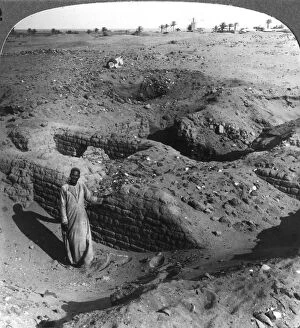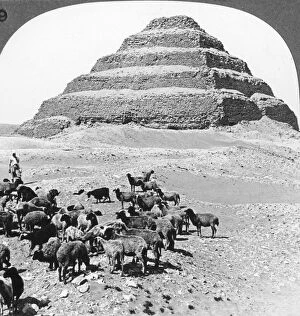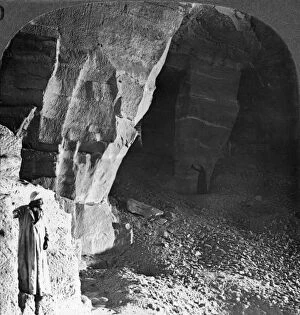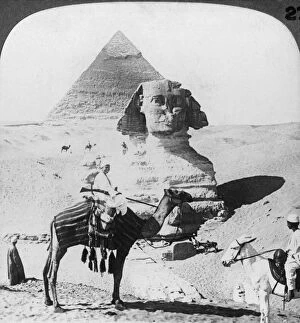James Henry Breasted Collection (#2)
James Henry Breasted was a renowned archaeologist and historian who made significant contributions to the study of ancient Egypt
For sale as Licensed Images
Choose your image, Select your licence and Download the media
James Henry Breasted was a renowned archaeologist and historian who made significant contributions to the study of ancient Egypt. In 1905, he embarked on an expedition to Egypt, capturing breathtaking images of the country's rich cultural heritage. One of his remarkable photographs shows the island of Philae and its magnificent temples from a bird's-eye view. The intricate architecture and grandeur of these structures are evident in this captivating image. Breasted also captured Aswan and the island of Elephantine from the western cliffs, showcasing their stunning natural beauty against the backdrop of ancient ruins. His keen eye for detail allows us to appreciate the historical significance intertwined with Egypt's mesmerizing landscapes. The Temple of Edfu is another marvel that Breasted documented during his expedition. He immortalized its holy sanctuary and divine shrine, revealing its sacred aura through his lens. Additionally, he highlighted how remarkably preserved this temple is even after centuries have passed. At Medinet Habu in Thebes, Breasted uncovered a fascinating carving depicting hunters pursuing a wild bull on a temple wall. This artwork provides insight into ancient Egyptian hunting practices and showcases their artistic prowess. Breasted also explored Sethos I's temple in Thebes, capturing both its exterior magnificence as seen from afar and its interior gallery leading down to burial chambers below ground level. These images offer glimpses into royal tombs that were once hidden beneath layers of sand and time. In addition to documenting monumental sites like Der-el-Bahri in Thebes, Breasted delved into Queen Makeres' expedition to East Africa. He photographed intricately carved reliefs at Der-el-Bahri that depict scenes from her journey—an invaluable glimpse into history brought back to life through artistry. Lastly, Breasted took us across vast plains—from high cliffs at Der-el-Bahri overlooking Luxor—to showcase Egypt's diverse topography along with remnants of past civilizations scattered throughout these lands.

